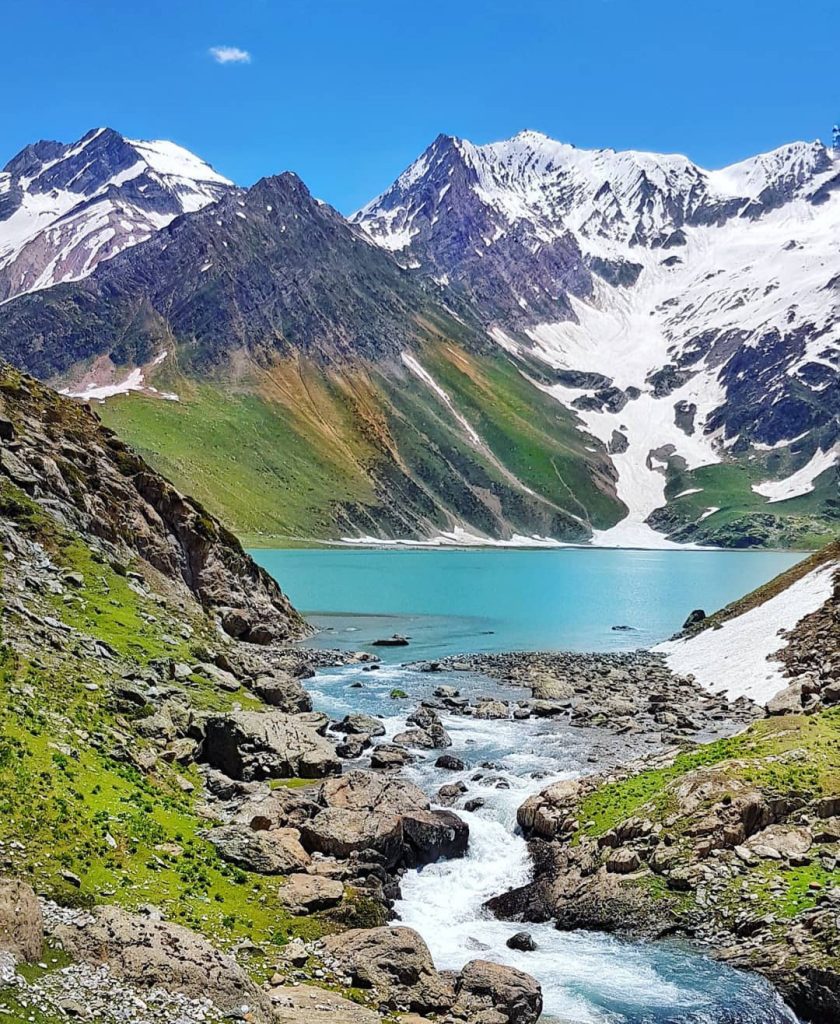In this world we find that all happiness is followed by misery as its shadow. Life has its shadow, death. They must go together, because they are not contradictory, not two separate existences, but different manifestations of the same unit, life and death, sorrow and happiness, good and evil. –Swami Vivekananda
In the age of global connectivity, the wisdom of ancient traditions transcends borders, capturing the attention and admiration of seekers worldwide. Among these profound legacies, the teachings of Vedanta have emerged as a beacon of spiritual enlightenment. As we delve into the depths of this ageless philosophy, we uncover the essence that has captivated not only the East but also the West.

With the arrival of Swami Vivekananda, the luminous message of Vedanta began to resonate beyond the shores of India. The question arises: what draws the Western world toward India in this neo-modern Vedantic era? The answer, undoubtedly, lies in the compelling lives and teachings of figures like Swami Vivekananda and his mentor Sri Ramakrishna. Yet, it’s also the profound insights offered by Vedanta itself that magnetize minds—a philosophy that unveils the full spectrum of human potential.
Vedanta, at its core, asserts that truth can be perceived from myriad perspectives. It maintains that this truth is not an abstract concept but a tangible reality that can be directly experienced in the present moment. This revelation, when attained, signifies spiritual liberation, encompassing humanity’s aspirations and dreams to an immeasurable extent. Within the tapestry of Vedanta lies the understanding of a singular reality—Brahman—an existence encapsulated in the timeless utterance of the Upanishads: “You are that.”
This edition of Ka Jingshai is adorned with insights from prominent Vedantins in the West. Revered Swami Yogatmanandaji, minister-in-charge of the Vedanta Society of Providence and well-known to the readers of Ka Jingshai, graces these pages with his wisdom. Additionally, Revered Swami Chetanandaji shares his profound knowledge, addressing questions related to Vedanta, Indian values, and interfaith harmony while highlighting the endeavours of the Vedanta Society of St. Louis in the “Across Boundaries” section.
This time the magazine also presents a historical narrative titled “Tales of Ancient Shillong: The Eerie Earthquake” by Uma Purkayastha. The article unveils the transformation of Shillong, the capital of Meghalaya, from a wilderness to a thriving city. The account vividly describes the devastating earthquake that shook the town on June 12, 1897, resulting in destruction and loss of life. This catastrophe prompted a shift towards more resilient construction methods, highlighting Shillong’s ability to endure amidst adversities.
In the Hindi section, Dr. Rajiv Ranjan Prasad sheds light on “अरुणाचल प्रदेश की ज्ञान-संस्कृति और संकटग्रस्त भाषाएँ”. He underscores the importance of comprehending the sociology and folklore of Arunachal Pradesh’s tribal communities. Dr. Prasad voices concern over the erosion of tribal culture, a concern exemplified through an interview with an elderly village elder. The article delves into the diverse tribal communities of Arunachal Pradesh, their rich linguistic heritage, oral folk traditions, and the profound connection they share with their mountainous environment.
Additionally, the Hindi section features an article titled “त्याग और बलिदान की जाग्रत प्रतिमूर्ति – सती जयमती” by Smt Kalpana Devi Atreya. The article resonates with Swami Vivekananda’s vision of women as embodiments of strength, blending saintliness with heroism. The narrative highlights the inspiring tale of Veerangana Jayamati, an extraordinary woman from Northeast India. Enduring torture and refusing to betray her husband’s location, she sacrificed her life to liberate her people from unjust rulers. Her legacy continues to shine as “Jaymati Diwas,” celebrating courage, sacrifice, and women’s empowerment.
Turning our attention to the Khasi section, Wanjoplang Kurbah explores the intricate marriage customs of Wahkhen Village. This section emphasizes the sanctity of inter-clan unions and underscores the role of upbringing in shaping these revered traditions.
As we traverse the realms of Vedanta, the pages of this magazine come alive with the symphony of ancient wisdom, contemporary insights, and timeless narratives. Vedanta’s allure lies not merely in its philosophies, but in its ability to inspire a harmonious unity among diverse cultures and thoughts. In embracing Vedanta, we embrace a bridge that unites the past, present, and future—a bridge that guides us toward self-realization and universal understanding
